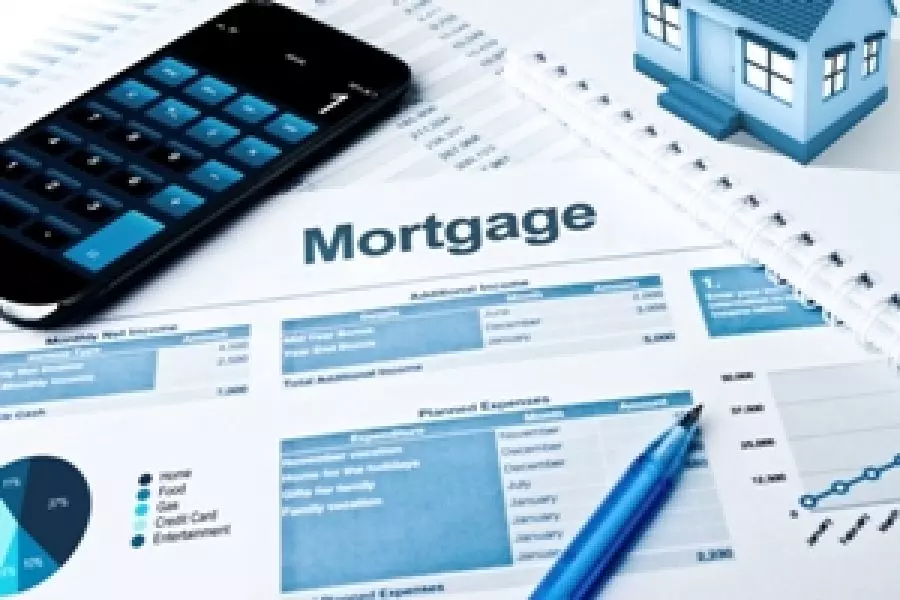
News
Investor demand expected to diminish as LVRs kick in

Friday 5th of March 2021
Reintroduced loan-to-value (LVR) restrictions will require investors to stump up a 40% deposit to buy existing properties under the hard line taken by the Government to reduce speculator activity and improve affordability for first home buyers.
CoreLogic research head Nick Goodall says the LVRs will definitely have an effect. “In 2016 when they were originally introduced investor...
Want to read the full article?
Click the button below to subscribe and will have unlimited access to full article and all other articles on the site.





![[The Wrap] Bye Bye Bayly](https://goodreturns.publit.io/file/c_fill,w_900,h_600/39f23ac1-f7c7-4854-b700-a150004ebbac.webp)


